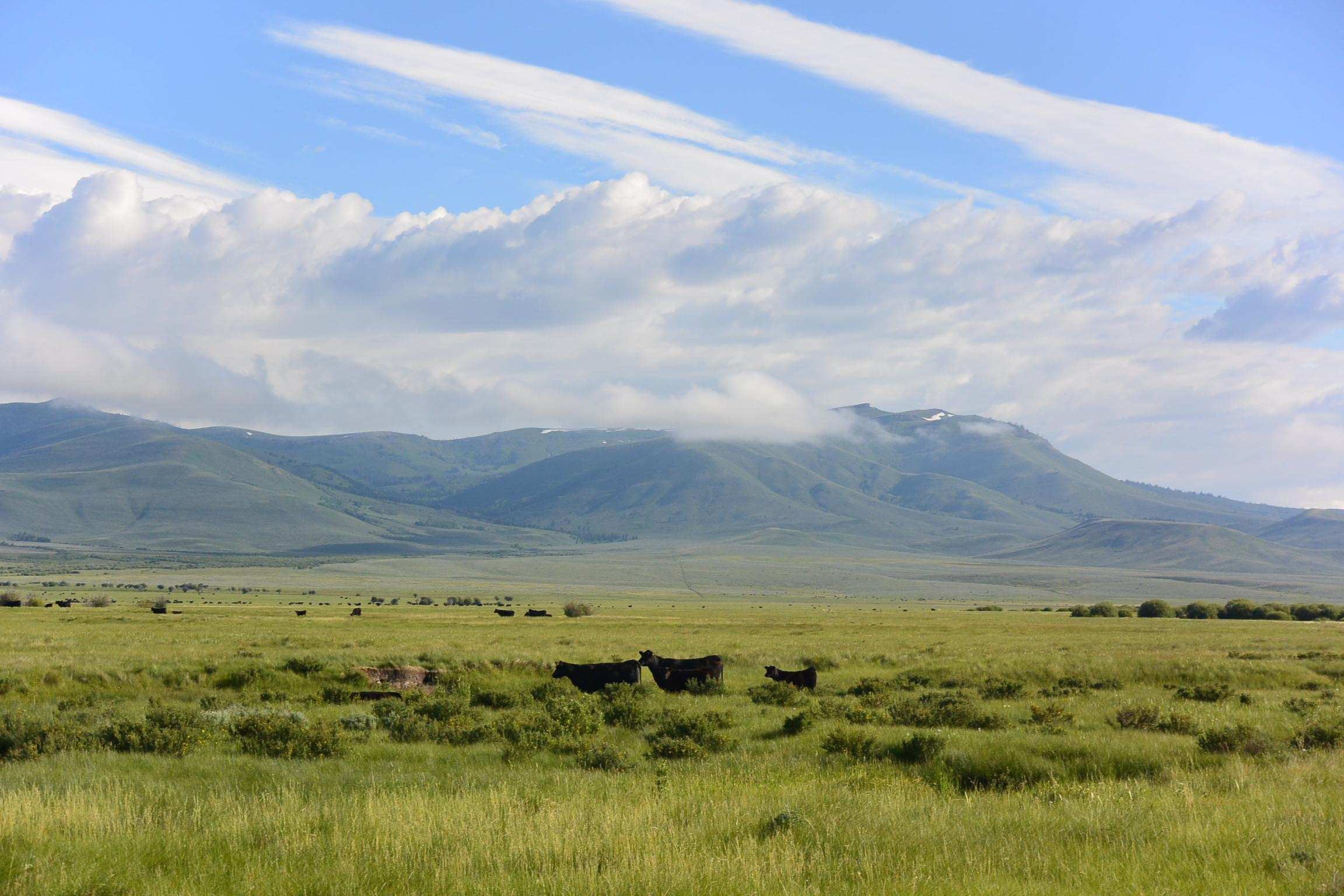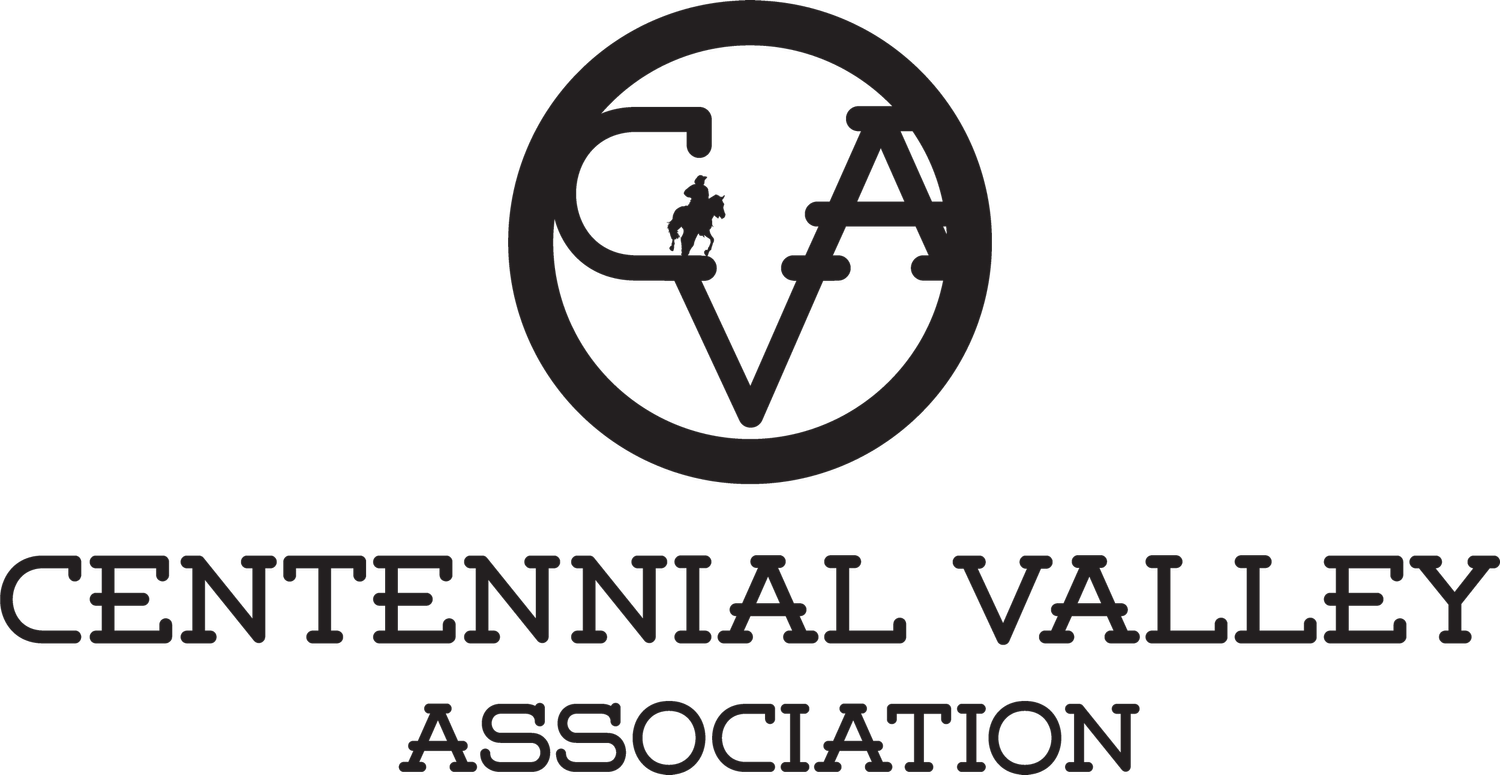
The Centennial Valley
The Centennial Valley in southwest Montana is one of the last remaining intact and relatively undeveloped landscapes of the West, and is home to many species of iconic wildlife such as grizzly bears, wolves, moose, elk, trumpeter swans, Arctic grayling, and the Greater sage-grouse. The Centennial Valley expands the Greater Yellowstone wildlife corridor, linking Yellowstone to the Salmon-Selway Wilderness and Crown of the Continent. There are a variety of native habitats on the landscape, including Montane sagebrush steppe, wetlands, and grasslands, with only a handful of folks that live and work in the valley.
Of the 450,000-acres that make up the Centennial, over half are public lands managed by the Bureau of Land Management, U.S. Forest Service, U.S. Fish and Wildlife Service, and Montana Department of Natural Resource Conservation. The remaining acreage is privately owned; largely by long-time, local family ranches. Much of the valley is protected through conservation easements between these ranches and The Nature Conservancy, preventing fragmentation of open space. Collaboration between landowners, government agencies, and nonprofits has helped allow the Centennial Valley to remain pristine and undeveloped compared to other western valleys. Continued partnerships and excellent stewardship will prevent subdivision, the spread of invasive weeds, and habitat fragmentation.
Who We Are
In the early 2000s, there was a growing concern among landowners in the Centennial Valley that a sense of community, tradition, and effective communication was being lost. The Centennial Valley Association (CVA) was formally founded as a nonprofit organization in 2007 in response to those concerns; with the mission to preserve traditional ranching as a way of life in the Centennial Valley, while maintaining open space, wildlife habitat water quality, and migration corridors, as they exist today, for future generations. CVA’s primary initiative was to be the main disseminator of information amongst the local community, building trust between community members and organizations/agencies that live and work in the valley. Today, the CVA is critical to sustaining community-based conservation and lasting, effective relationships in the Centennial Valley.
The Centennial Valley Association facilitates community-based conservation across this shared landscape by rallying landowners, agencies, and community members together in multiple programs including predator-conflict mitigation, invasive species management, water and drought awareness, and various outreach and educational opportunities. Because of the CVA, landowners, community members, and partners working together, we are protecting the Centennial Valley’s ecological integrity and undeveloped character, as well as the history, culture, and community that cherishes the unique qualities of this remote landscape.
Our Programs
-

Drought
The Centennial Valley is primarily an agricultural community and home to many wildlife species. Water is a vital resource and drought is an increasingly important topic to landowners and stakeholders.
-

Invasive Species
Our Invasive Species Program monitors and treats noxious weed infestations in the valley, allowing us to maintain and protect intact native plant communities, quality forage for both livestock and wildlife, and ensure that the Centennial Valley remains one of the most pristine landscapes in Montana.
-

Wildlife
The Centennial Valley is a productive, working landscape that has been ranched for over one hundred years by multi-generational families and currently serves as a summer range for over 12,000 cattle.
